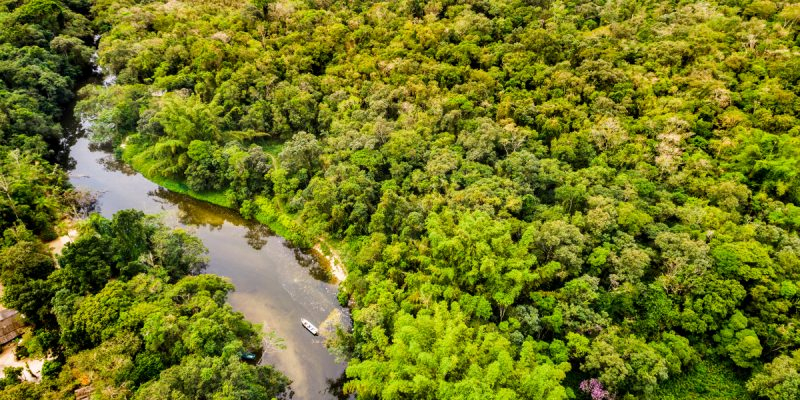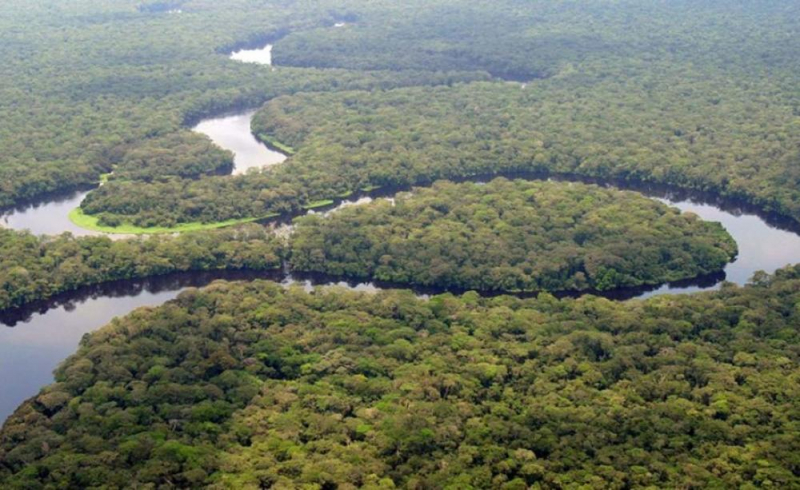Mbomou River
The Mbomou is one of the longest rivers in the Central African Republic that flows into the Ubangi River. The Bomu River springs 30 miles (50 kilometers) northwest of Doruma, Democratic Republic of the Congo, and runs 450 miles (725 kilometers) west, marking the border between the DRC and the Central African Republic, together with the Ubangi. Its path takes it through savannas, through Bangassou, and on to Yakoma, where it joins the Uele River to form the Ubangi River. Rapids may be seen on the bottom course. In 1877, Panayotis Potagos, a Greek physician and adventurer, came across the Bomu from the north. Wilhelm Junker, a Russian-born German explorer, charted the river's upper course, and a French expedition completed a comprehensive hydrographic survey of the river in 1910–11.
The Mbomou River is also a place containing abundant and rich resources and minerals with high economic value. First of all, it is an abundant water source that not only provides water for living and production but also for use. to develop the hydroelectricity industry.
Length: 800 km









